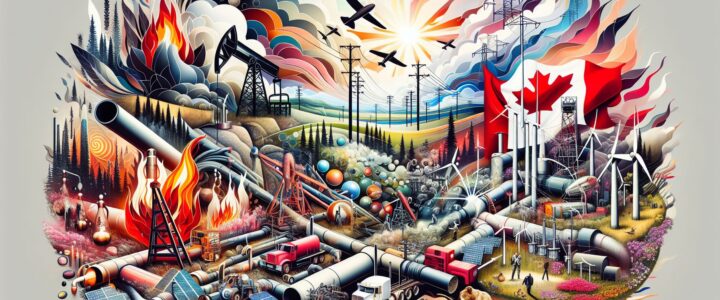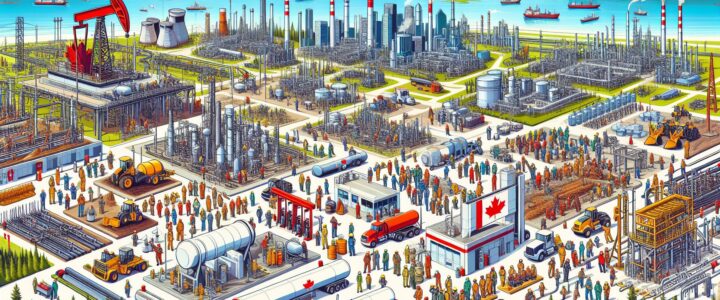Canada’s oil and gas industry has long been a cornerstone of the country’s economy, providing jobs and driving economic growth. However, in recent years, the industry has faced numerous challenges, from fluctuating oil prices to environmental concerns. As the industry looks to the future, there are many questions about what lies ahead.
One of the biggest challenges facing Canada’s oil and gas industry is the unpredictable nature of the market. Oil prices can fluctuate wildly based on factors such as geopolitical events, supply and demand dynamics, and even weather patterns. This makes it difficult for companies in the industry to plan for the future and make long-term investments.
Another issue facing the industry is the increasing focus on environmental sustainability. With the rise of climate change concerns, many people are calling for a shift away from fossil fuels towards renewable energy sources. This presents a significant challenge for Canada’s oil and gas industry, as it may need to adapt its operations to meet changing consumer preferences and government regulations.
Despite these challenges, there are also opportunities for growth and innovation in Canada’s oil and gas industry. The country is home to vast oil sands reserves, which represent a significant potential source of energy. Additionally, new technologies such as hydraulic fracturing and horizontal drilling have opened up new opportunities for oil and gas exploration.
In order to navigate the uncertain future of Canada’s oil and gas industry, companies in the sector will need to be agile and adaptable. They will need to invest in new technologies and practices to reduce their environmental impact and improve efficiency. They will also need to closely monitor market trends and adjust their strategies accordingly.
Ultimately, the future of Canada’s oil and gas industry is uncertain. While the industry has faced significant challenges in recent years, there are also opportunities for growth and innovation. By staying abreast of market trends and investing in sustainability, companies in the sector can position themselves for success in the years to come.
Canada’s oil and gas industry is at a crossroads, facing challenges and opportunities in equal measure. The industry’s future will depend on its ability to adapt to changing market conditions and consumer preferences. By investing in sustainability and innovation, companies in the sector can position themselves for success in the years ahead.



